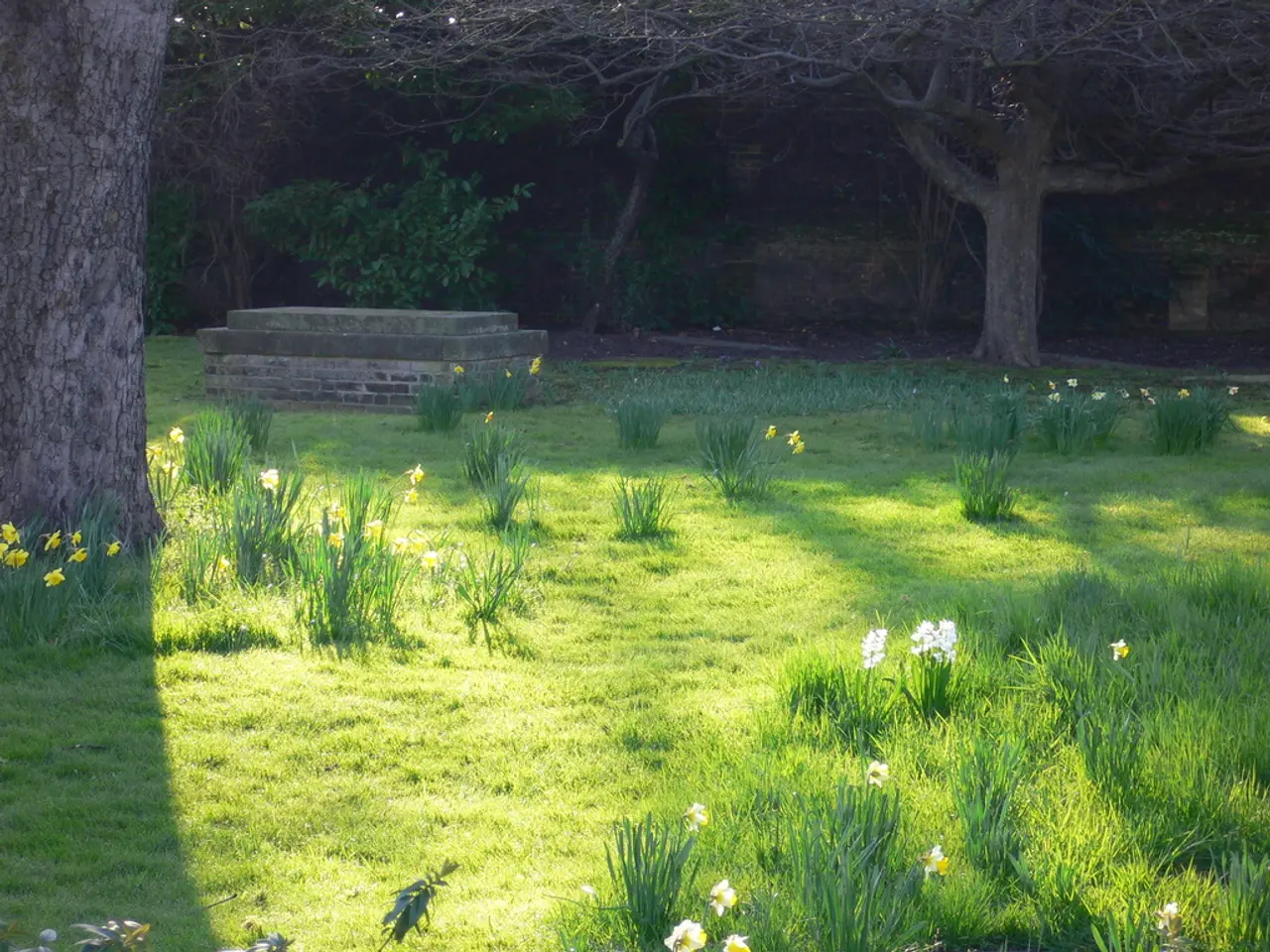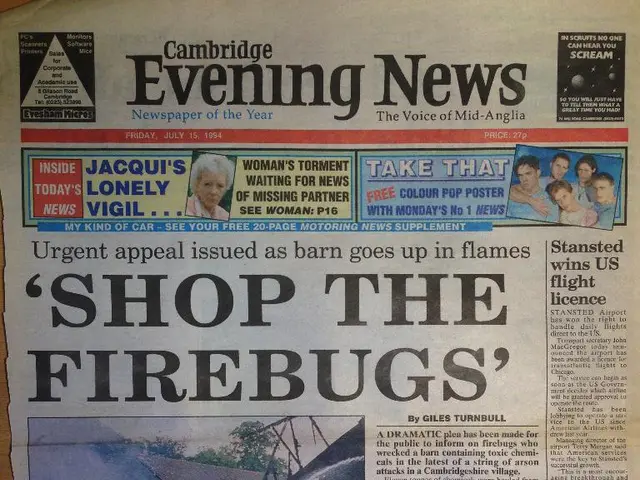Transform Your Backyard into a Wildlife Refuge: 10 Simple Steps to Create a Wildlife Sanctuary
Transform Your Backyard into a Thriving Wildlife Haven
Creating a wildlife-friendly garden can be an enjoyable and rewarding experience, attracting a variety of creatures such as birds, butterflies, and hedgehogs. Here are some key strategies to help you turn your backyard into a vibrant haven for local wildlife.
Embrace Native Plants
One of the most effective ways to attract wildlife is by replacing lawns with native plants. These species, including trees, shrubs, perennials, and annuals, offer food, shelter, and nesting materials for wildlife while reducing water usage, chemical inputs, and maintenance costs compared to traditional lawn-dominated yards.
Specialized Habitat Zones
To cater to the needs of various wildlife, consider creating specialized habitat zones. For instance, a pollinator garden with a succession of blooming native flowers can provide a continuous nectar and pollen supply through the seasons. Similarly, a butterfly garden that includes both nectar plants and larval host plants specific to native butterfly species can create a thriving environment for these delicate creatures.
Advanced Habitat Features
Incorporating advanced habitat features and structural diversity can further enhance your wildlife garden. Dead trees or snags provide homes for cavity-nesting birds and insects, while rain gardens or bioswales can manage stormwater and offer wetland habitat for amphibians. Night-blooming flowers can attract nocturnal pollinators like moths and bats.
Examples from Around the World
In California, native species like the California poppy can attract local fauna and support biodiversity. In wetter climates, creating a bog garden with acid-loving plants like pitcher plants can also enhance wildlife habitat diversity.
Wildlife-Friendly Veggie Plot
A vegetable plot can be successful in attracting wildlife with the right boundaries and plants. Native fruit trees, for example, provide fruit during the fruit season and nectar when they blossom in spring.
Unconventional Gardening Ideas
Weeds, often considered a nuisance, can actually be great food sources for animals, birds, and butterflies. Turning a lawn into a prairie meadow can support the natural environment and wildlife. Even a "weed garden" or "wildlife garden" can encourage butterflies, birds, and other wildlife that love them.
Potted Wildlife Garden
Don't forget about potted plants! When setting up a potted wildlife garden, consider native plants that wildlife will love. Lining a patio with potted plants can make a yard friendlier for wildlife.
Case Study: Teo Spengler's Transformation
Inspired by the events of September 11, 2011, Teo Spengler transformed their yard into a wildlife habitat by installing a frog pond, a pollinator garden, and a berry-plant hedge. This demonstrates that with careful planning and the right choices, anyone can create a thriving wildlife garden.
Attracting Hedgehogs
Hedgehogs can be allies in the garden that help control insects. They are attracted to gardens with high grass, fallen tree limbs, and piled autumn leaves. Making a simple hedgehog nest can further encourage these spiny creatures to visit your garden.
Attracting Frogs
Frogs can be attracted to a garden by creating a habitat with plants that attract bugs they like to eat. Newts, part of the ecosystem, can also be attracted to a garden as they devour mosquitoes and other aquatic insects.
Bird-Friendly Hedges
A bird-friendly hedge can meet all three of a bird's requirements to survive: it includes small flowering or fruiting trees, evergreens, and native vines and brambles.
Conclusion
By implementing these strategies, you can create a thriving ecosystem that benefits wildlife while also providing an enriching wildlife experience in your backyard. Naturescaping and ecological landscaping—using regionally appropriate native plants and habitat features—is the most effective method for turning your backyard into a wildlife-friendly habitat.
- Incorporate native plants and create specialized habitat zones, such as a pollinator garden or a butterfly garden, to attract various wildlife species and make the home-and-garden more wildlife-friendly.
- Advanced habitat features, like dead trees or snags and rain gardens, can further enhance the garden as they offer homes for diverse wildlife and manage stormwater effectively, contributing to a thriving lifestyle environment.




